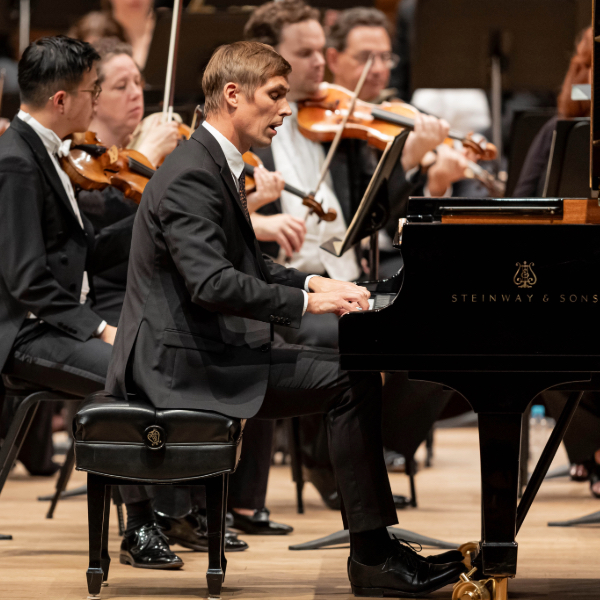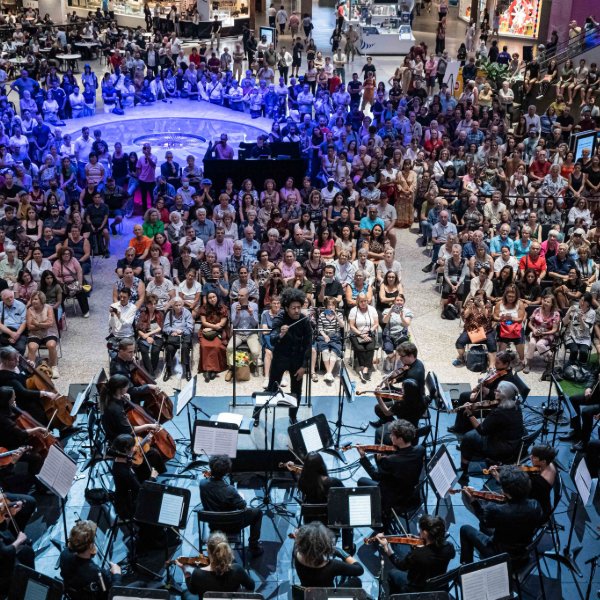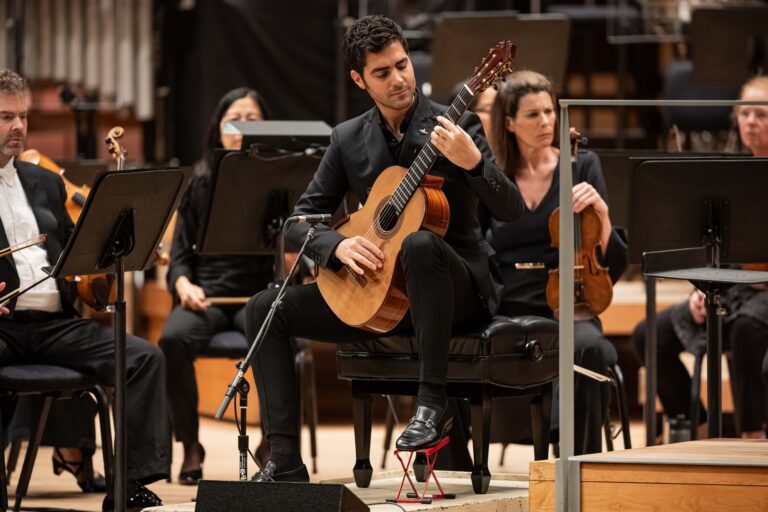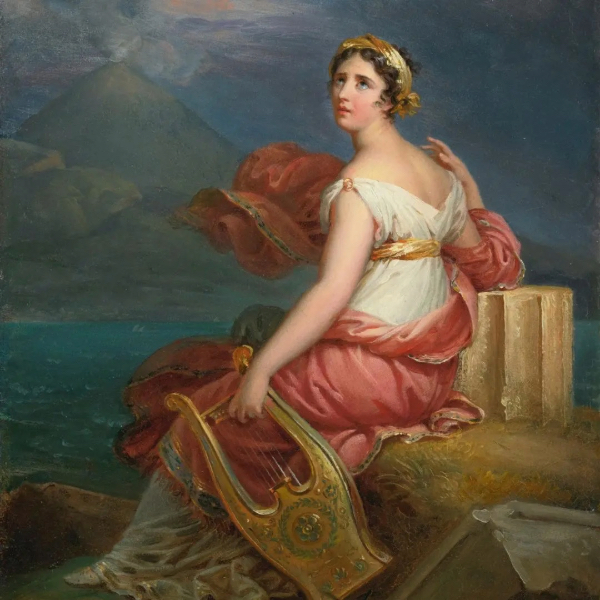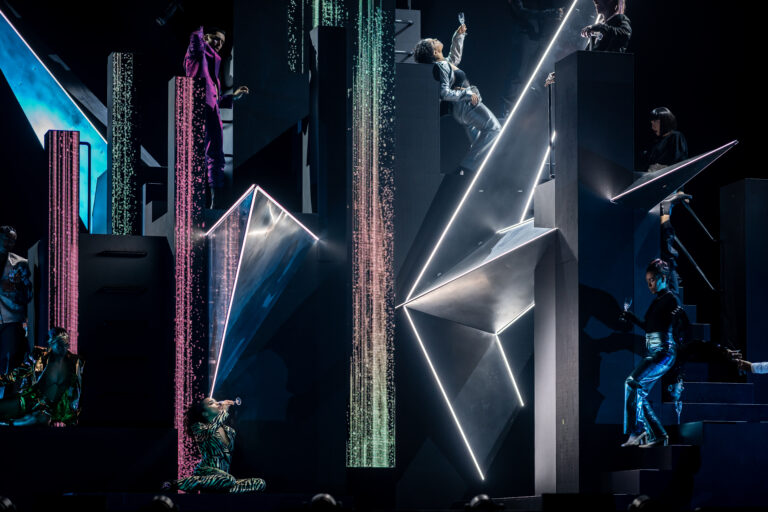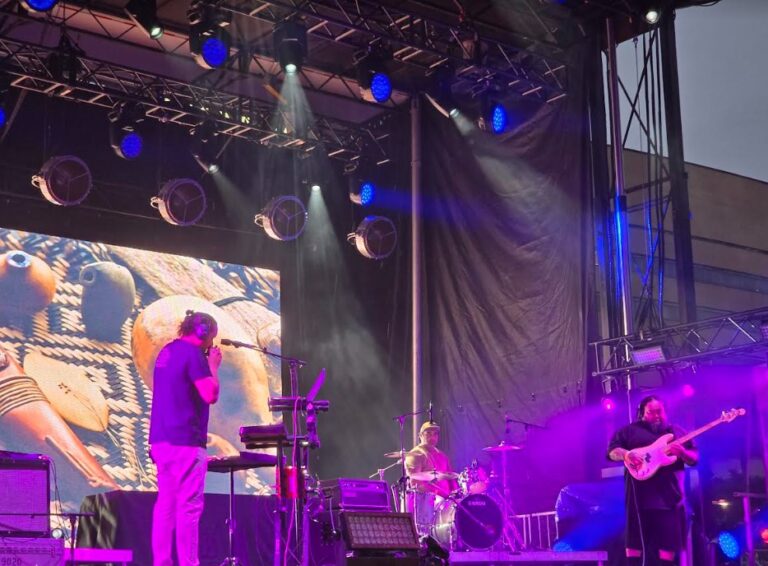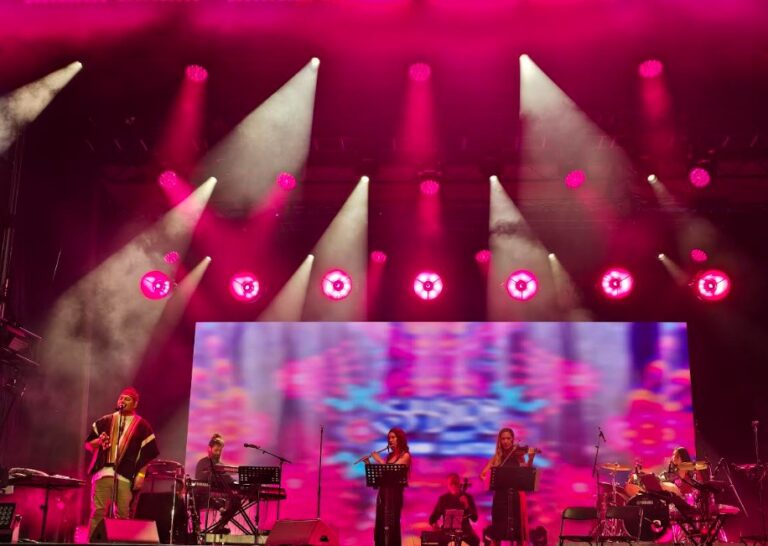The PAN M 360 team is very present at the Virée classique, presented by the OSM. In the field, at free activities and indoor concerts, Alain Brunet, Alexis Desrosiers-Michaud and Alexandre Villemaire report on what they’ve seen and heard at events presented in Montreal until August 18.
On paper, it was a premiere like no other. For the first time in its history, the Orchestre symphonique de Montréal welcomed a traditional music ensemble to the Maison symphonique for a joint concert. And not just any ensemble: Constantinople, a well-known and well-established presence on the Montreal and Quebec musical scene. The choice of Constantinople was an obvious one, since the ensemble’s identity and practice are, as its artistic director Kiya Tabassian reminds us, dialogue and cross-fertilization between musical universes. A vision also shared by Rafael Payare.
If we can say that there was indeed a dialogue, the concert we were treated to showed that the conversation, for its part, deserved to gain in depth. While we expected to hear and see interaction between the orchestra and Constantinople’s musicians, we were treated to a question-and-answer exchange in which Constantinople’s virtuoso interventions of Dimitrie Cantemir’s pieces were interspersed with excerpts from Grieg’s Peer Gynt suite, played with fervor and mastery by the OSM. Peer Gynt makes sense thematically, the eponymous character of Ibsen’s fairy tale embodying the figure of the traveler who, in the course of his tale, settles for a time in North Africa. Unfortunately, the interplay with the music, particularly in the “Anitra Dance” and the “Arabian Dance”, seemed more like a pastiche than an organic element.
